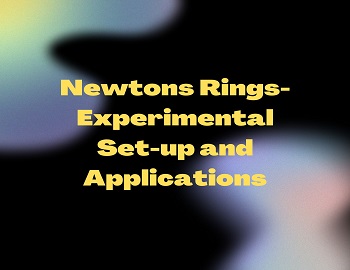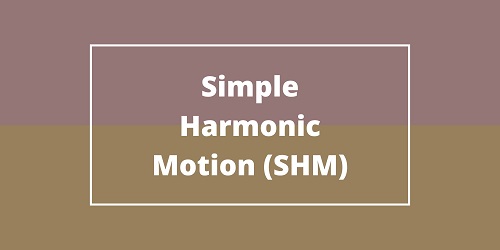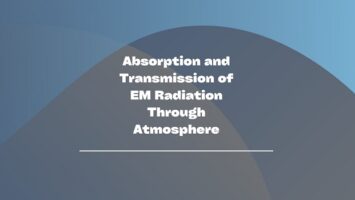Doppler Shift:

If the observer or the source or both are in motion then the observer notes an apparent change in frequency from the actual frequency of the wave emitted by the source. This phenomenon is called the Doppler Effect and the difference between the actual and observed frequency or wavelength is known as Doppler Shift. When both the source and the observer are in motion along the same straight line as shown above, the moving observer will receive a wave whose apparent frequency fas is given by-

Here, f = actual frequency of the wave emitted by the source through the medium which is at rest.
v = velocity of the wave through the medium which is at rest.
v0 = velocity of the observer (away from the source) with respect to the medium.
vs = velocity of the source (towards the observer) with respect to the medium.
We may consider the following special cases:
(i) When the source is at rest (vs = 0) and the observer is moving away from the source, the apparent frequency is

(ii) When the source is at rest (vs = 0) and the observer is moving toward the source, the apparent frequency is

(iii) When the observer is at rest (v0= 0) and the source is moving toward the observer, the apparent frequency is

(iv) When the observer is at rest (v0 = 0) and the source is moving away from the observer, the apparent frequency is

where the apparent wavelength λs = v/fs and the actual wavelength λ = v/f
When the light from a star is examined spectroscopically, it is found to contain the spectra of common terrestrial elements, but the spectral lines are shifted toward the red end of the spectrum. If the star is moving away from the earth, it is clear that λs > λ and the observed ‘red shift’ can be explained.
In solving numerical problems equation (i) should be remembered. The direction of sound is always taken as the direction from the source toward the observer. The velocity measured in the direction of sound is taken as positive while that in the opposite direction is taken as negative. When the observer moves towards the source, or the source moves towards the observer or both move toward each other, the apparent frequency increases. In the other case when the observer moves away from the source, or the source moves away from the observer, or, both move away from each other, the apparent frequency decreases.









Comments (No)